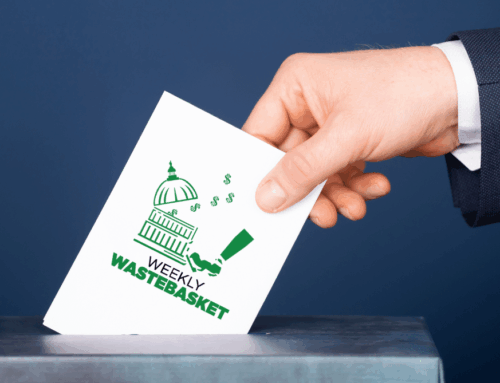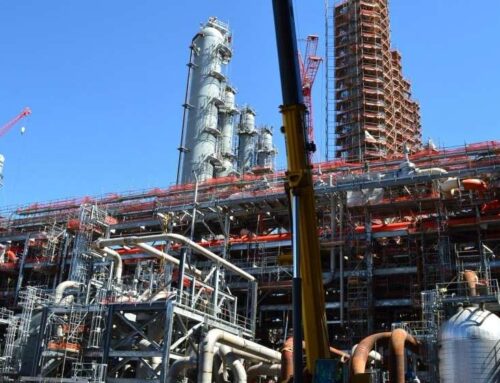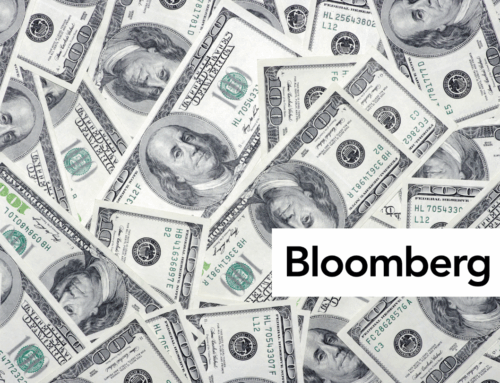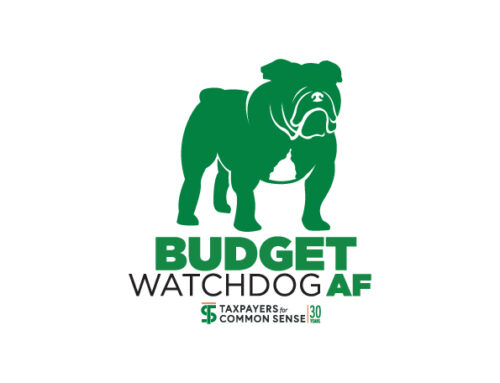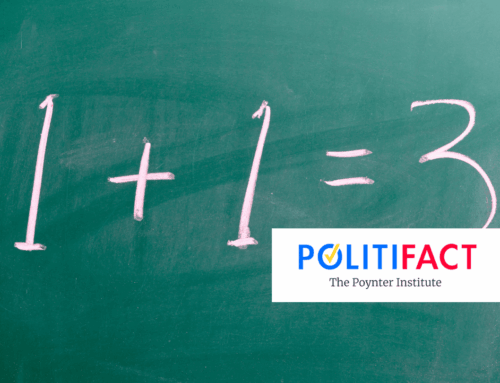The Congressional Budget Office just released its latest economic outlook. It is not the victory story some in Washington want it to be.
The topline shows growth slowing in 2025, bouncing up in 2026, and dipping again by 2027 and 2028. That pattern is no mystery. This past summer's budget reconciliation act (a.k.a. One Big Beautiful Bill) delivers a sugar high in 2026 with permanent tax cuts and new spending. Then reality returns as fewer workers, rising borrowing costs, and weaker investment take hold.
Supporters are quick to highlight the bump. Ways and Means Chair Jason Smith (R-MO) is already quoting CBO's words back to them, noting that the law boosts jobs, incomes, and investment next year. That is true. But the same report explains why it will not last. Bigger deficits push interest rates higher and crowd out private investment. By 2028, output is only a notch above where it would have been otherwise, while the debt is far larger.
That part rarely makes the talking points. Households and businesses may spend more now. But CBO is clear that the bill piles up deficits, and those deficits drive up interest costs. More federal spending goes to creditors. Less goes to the programs taxpayers actually depend on.
Tariffs pull in the same direction. They may shift some production home, but at a price of higher costs for consumers, weaker productivity, and exports that struggle to compete. CBO expects a one-year inflation bump in 2025, then easing as firms adjust. The damage lingers. The economy ends up smaller than it would have been, even with tariff revenues counted.
Immigration changes compound the drag. New enforcement rules cut net immigration, leaving fewer workers to fuel growth. CBO lowered its projections of labor force growth, and those losses are not made up elsewhere.
Here is the picture. GDP growth falls to 1.4 percent this year, rises to 2.2 percent in 2026, and slides back to 1.8 percent. Inflation fades by 2027. Interest rates come down a bit too, but not enough to erase the cost of bigger deficits and a heavier debt load.
So yes, the reconciliation act delivers a short-term lift. CBO itself says so. But it also shows why the glow fades. Front-loaded gains give way to back-loaded costs, and it is in the later years of the forecast that the debt problem bites.
For taxpayers, the mechanism is painfully simple. More borrowing combined with higher interest rates leads to higher debt service. That line in the budget keeps climbing, leaving less room for everything else.
Defenders of the law say the investment incentives justify it. CBO does not deny there is a bump. But the report makes clear how modest it is, with only a slight increase in business investment that barely moves the vast capital base. Not nearly enough to outweigh persistent deficits and a shrinking workforce.
This is exactly why the Congressional Budget Office matters. It is the independent scorekeeper Congress created to give the country an honest read on what policies actually mean for growth, debt, and taxpayers. It does not tell lawmakers what they want to hear, and that is the point. Calls to weaken or eliminate CBO — or other watchdogs like the Government Accountability Office and the inspectors general — would leave the country flying blind. Without them, the temptation to make promises without reckoning with costs would only grow stronger.
The new report is a reminder that the reconciliation act's short-term boost cannot erase the long-term consequences of higher deficits and heavier interest costs. The policies may have delivered a temporary lift, but the bill is already in the mail. Now taxpayers have to live with the price.

